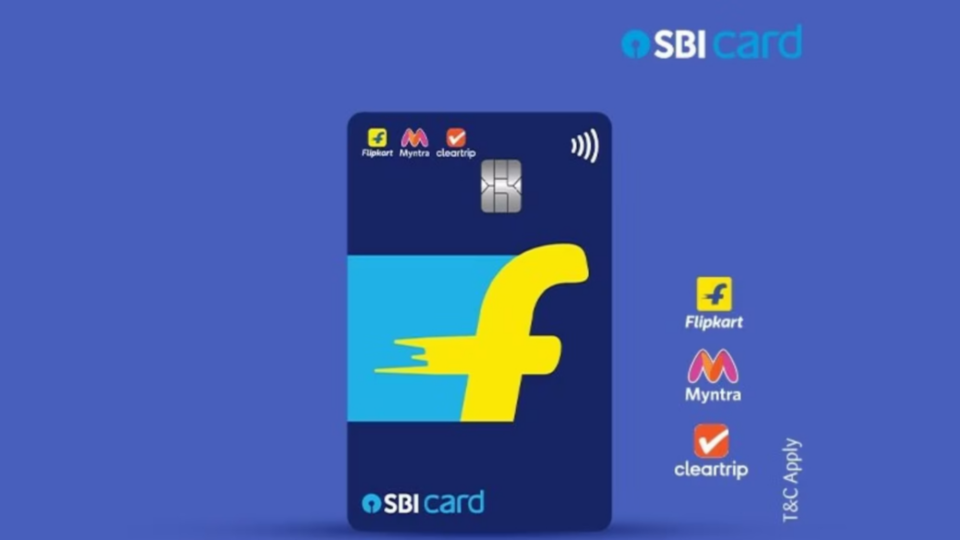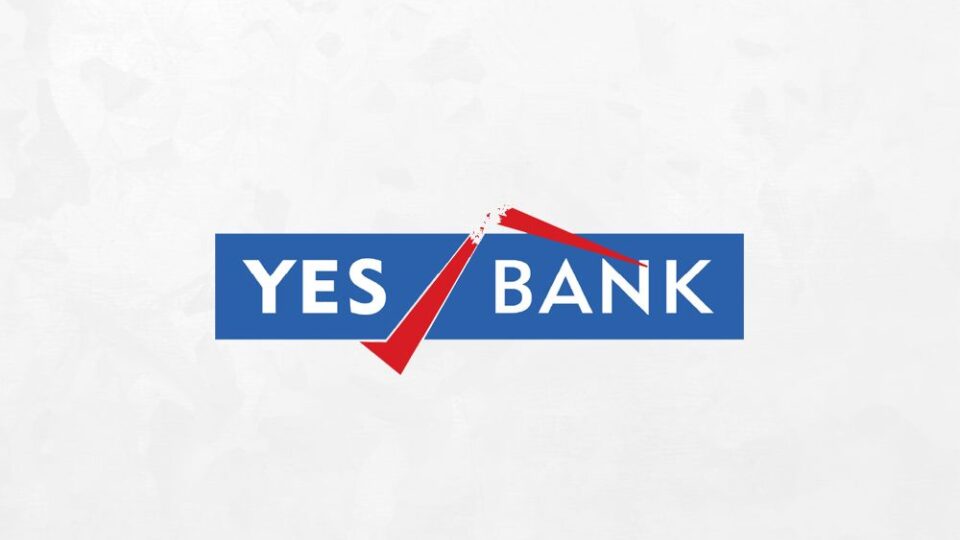
Banking
10 Strategies for Fraud Prevention at the ATM
Aside from the increasing amount of fraud using credit cards, UPI, digital wallets, and cryptocurrency, ATM fraud is also a major issue in our banking system.
Given that withdrawing cash is still a regular activity in our nation, regardless of how far we go toward digitalization, fraudsters are constantly on the lookout for fresh prey, waiting for you to make a mistake when using an ATM.
That is why it is critical to be aware of and grasp some simple safety guidelines that may assist you in avoiding being a victim of ATM fraud.
Tips To Prevent Fraud While Using ATM
- When using an ATM or POS machine, use your hand to properly cover the keyboard.
- Never give out your PIN or card information to anyone.
- Never write your card’s PIN on it.
- Do not answer text messages, emails, or phone calls requesting your credit card information or PIN.
- Do not use easily guessable digits as your PIN, such as your birthday, phone number, or account number.
- Discard or properly store your transaction receipt.
- Look for hidden cameras before beginning any transaction.
- When using an ATM or POS machine, be wary of keyboard manipulation and heat mapping.
- Prevent someone from snatching your PIN behind your back by asking them to keep their distance.
- Be sure to register for transaction alerts by SMS and email.
Types Of ATM Frauds
- Skimming: Electronically stealing data from an ATM card in order to perfectly replicate it, resulting in unauthorised transactions from the victim’s account.
- Shimming: Another sort of fraud is the placement of a tiny device called a shimming device on the machine that captures magnetic information from the ATM card.
- Cloning: ATM card cloning is also a sort of phishing. Cloning scammers primarily target the elderly, who are less knowledgeable and careful of such schemes and frauds.
- Trapping: Installation of a trapping mechanism that causes an ATM card to become trapped in the card slot of the machine. The scammer grabs the card while the victim requests assistance in getting it dislodged.
- Keyboard Jamming: Fraudsters jam critical ATM buttons, such as the ‘Enter’ or ‘Cancel’ buttons, to force the victim to complete a failed transaction. Scammers grab the card while the victim departs to seek help.



